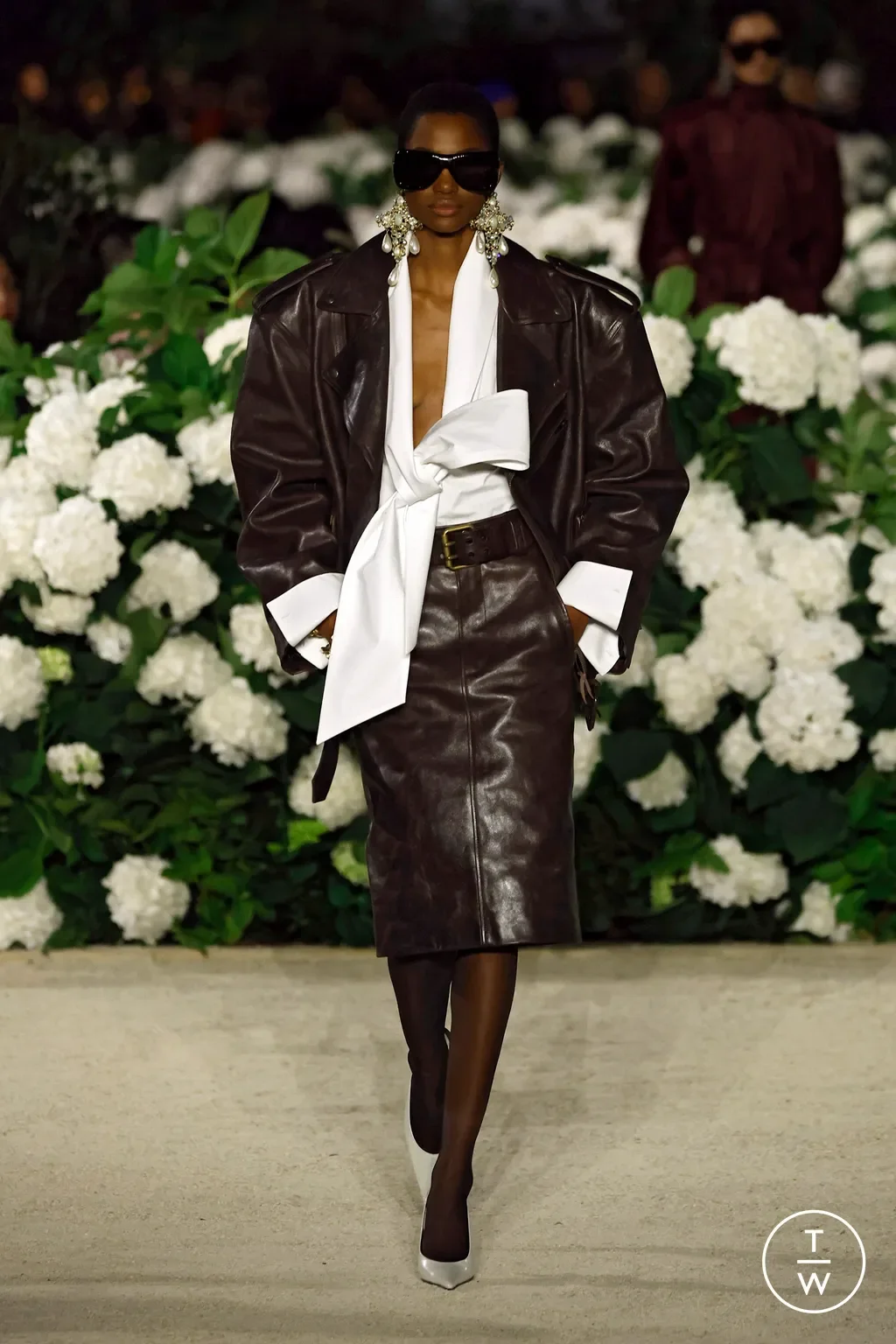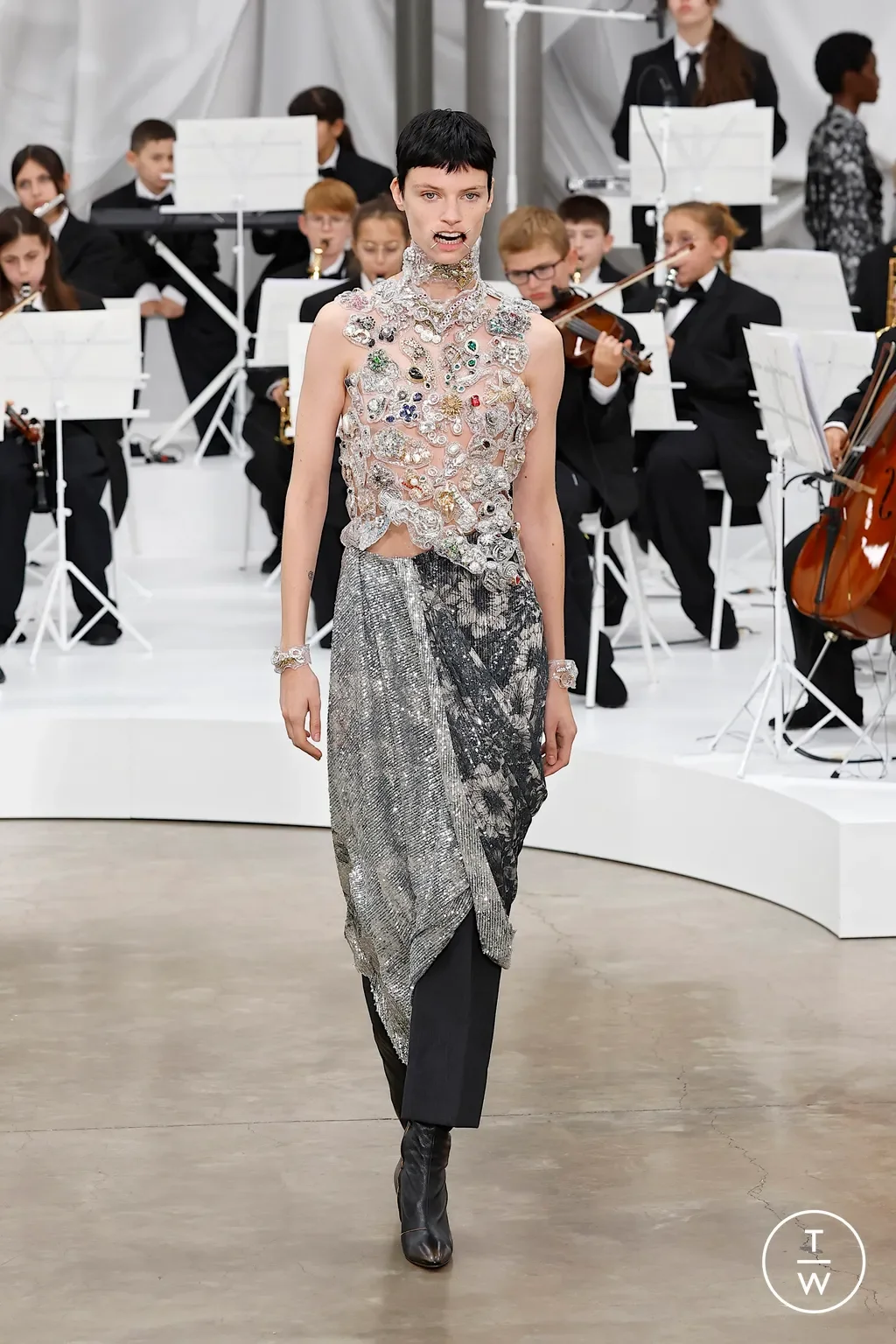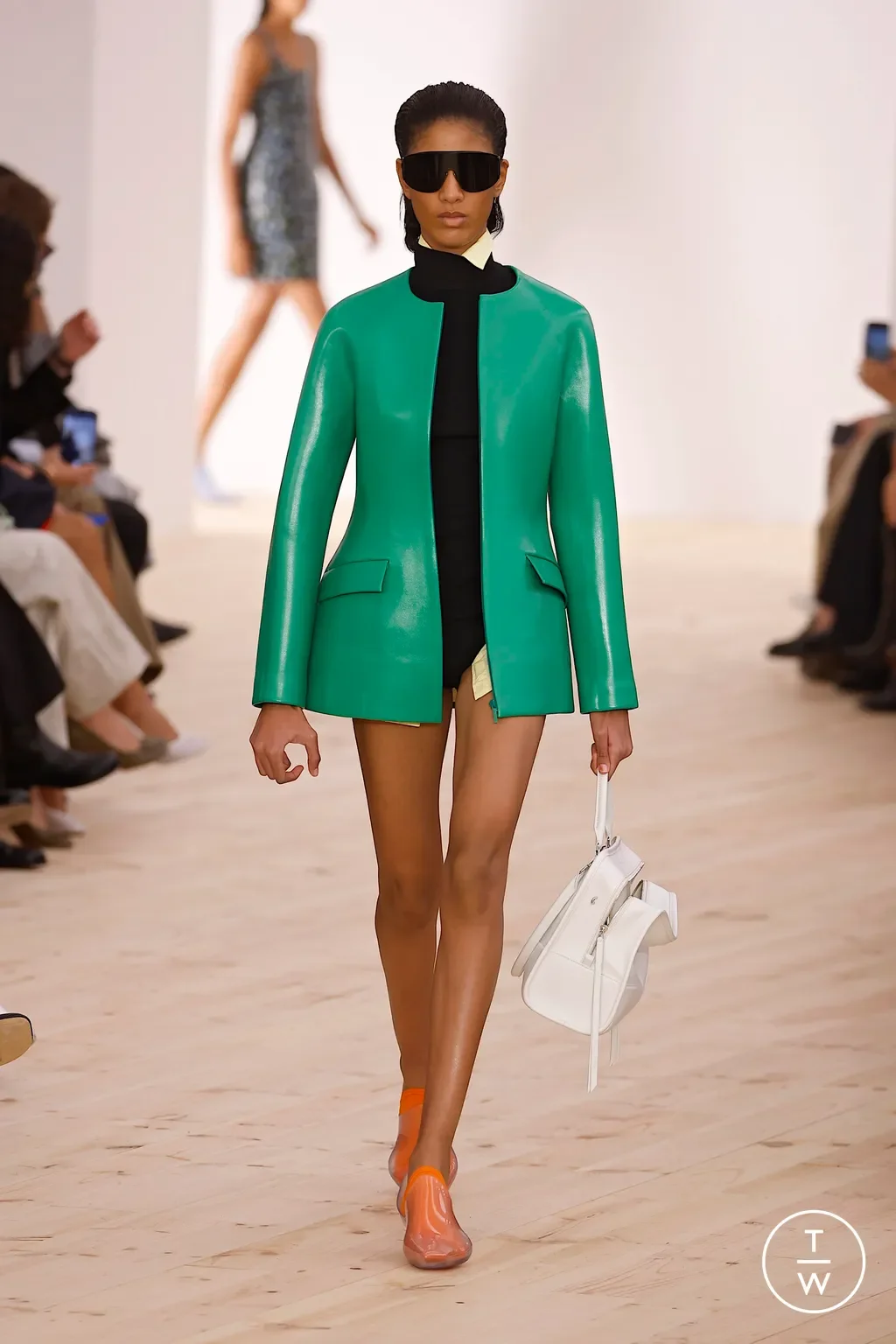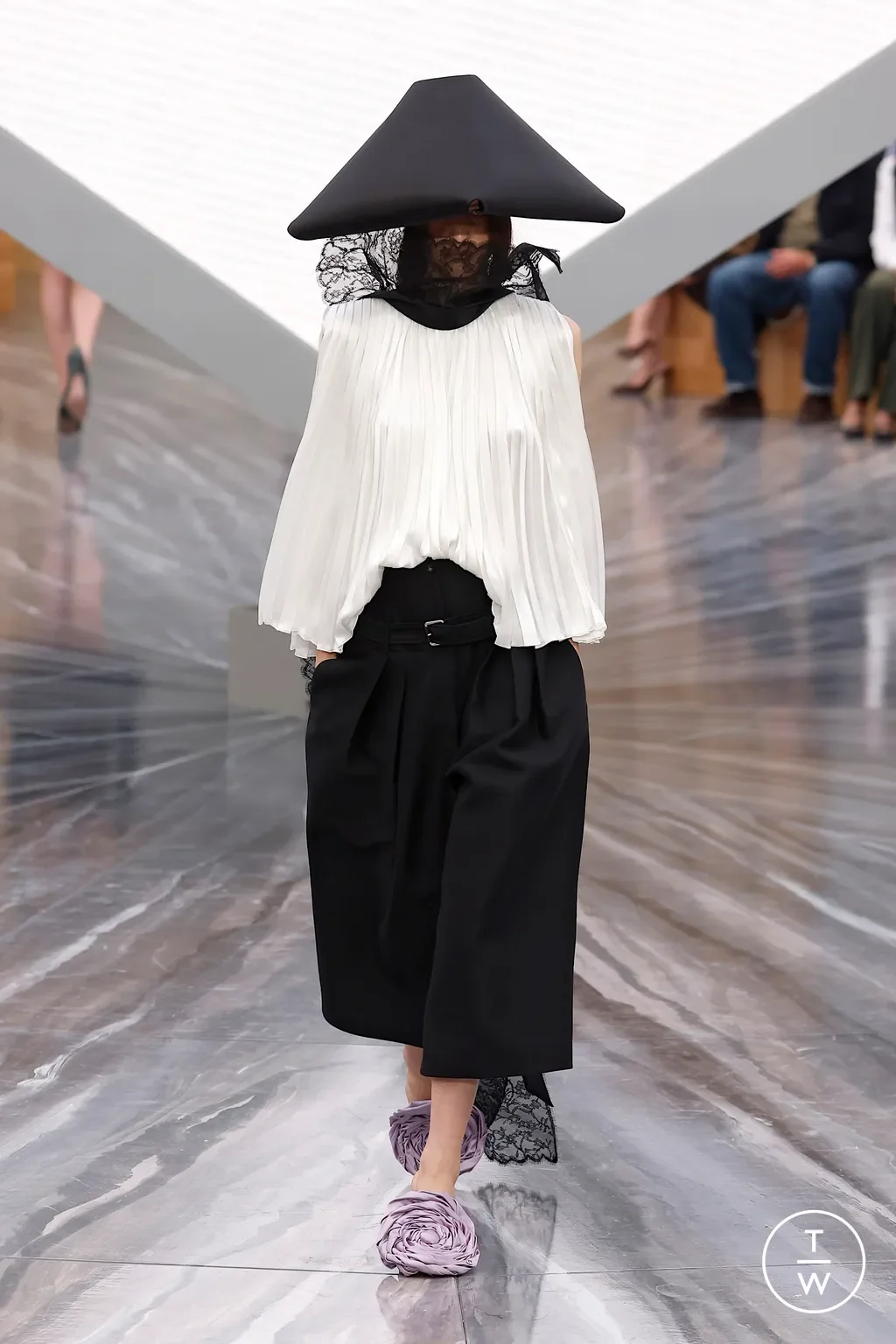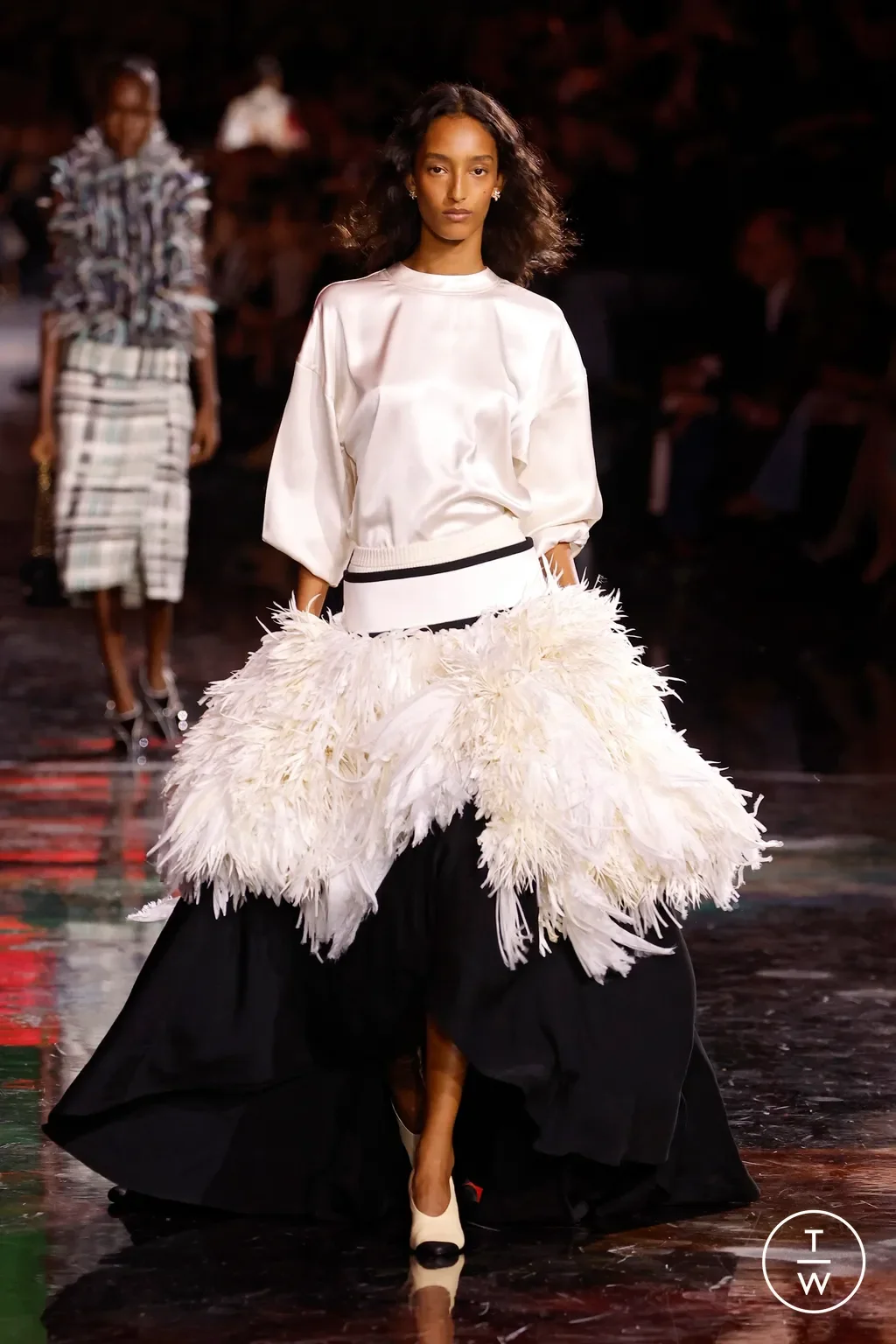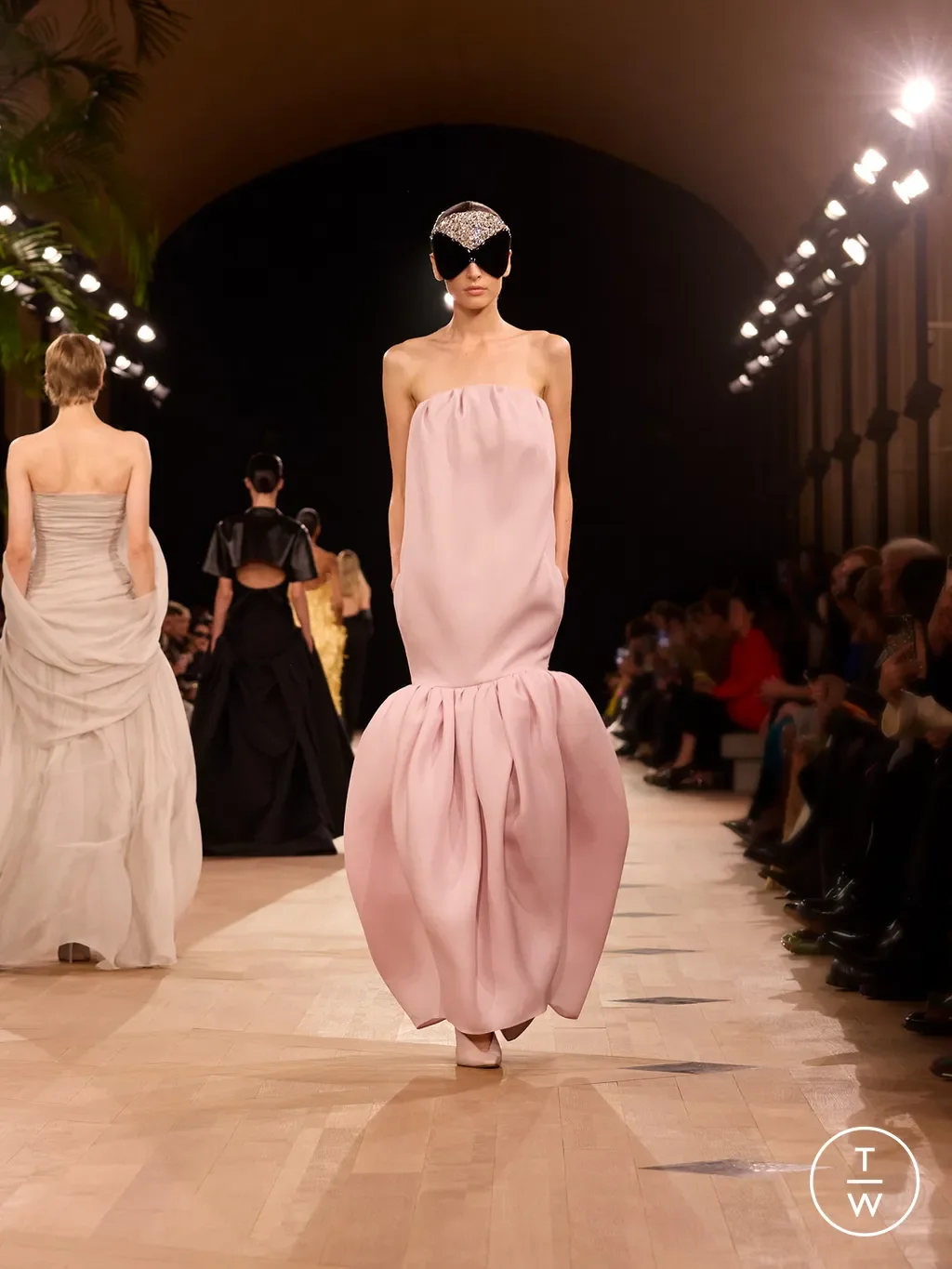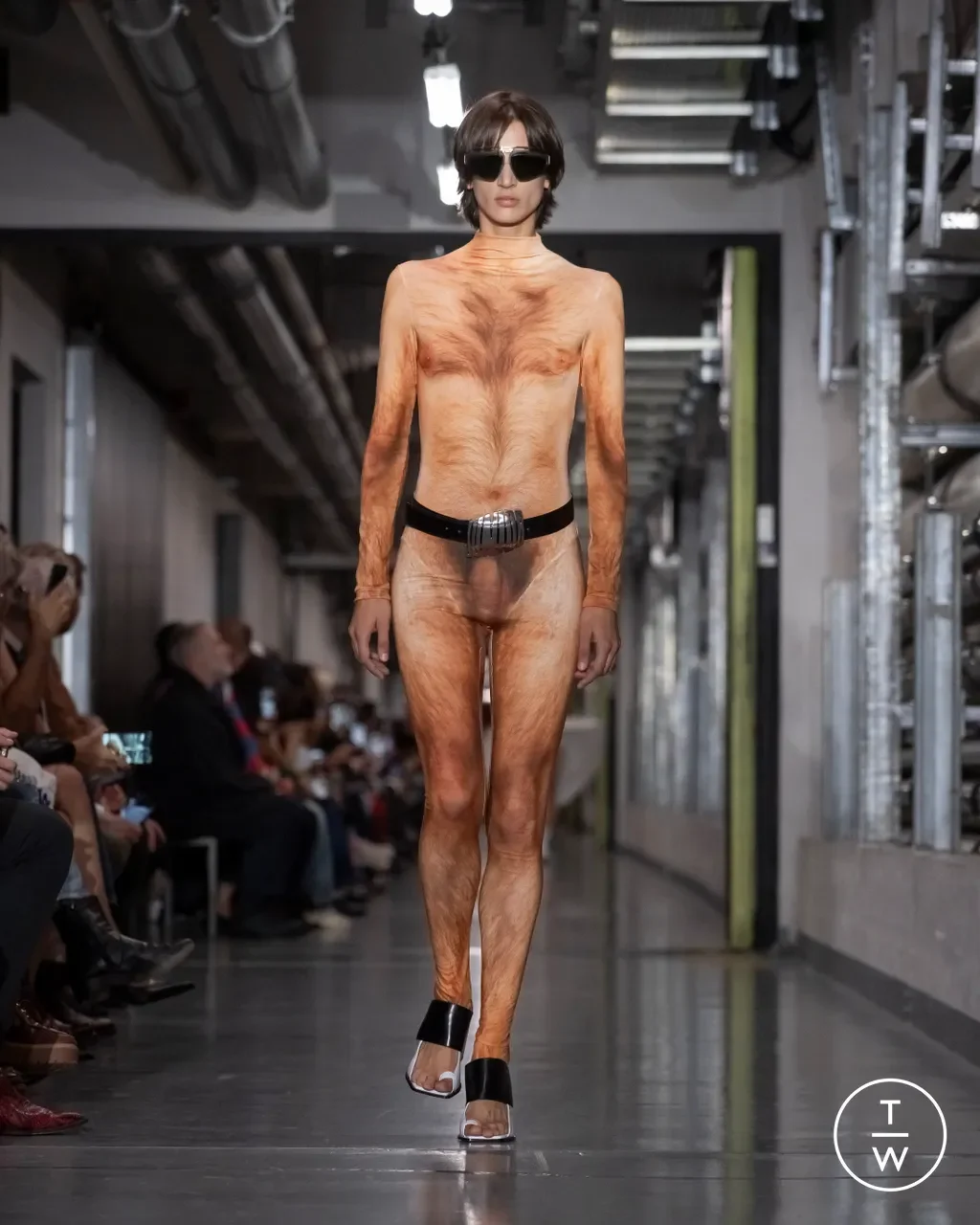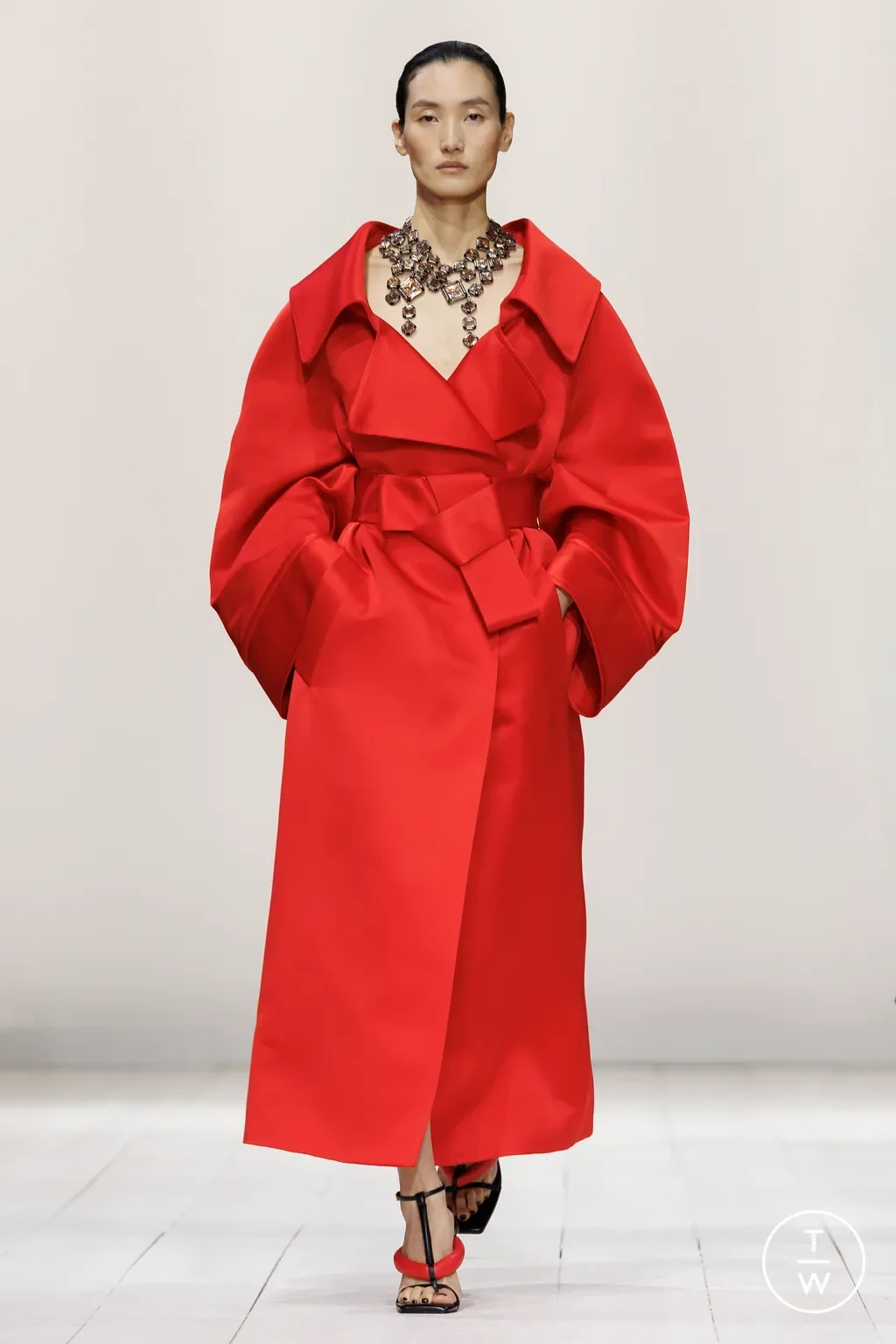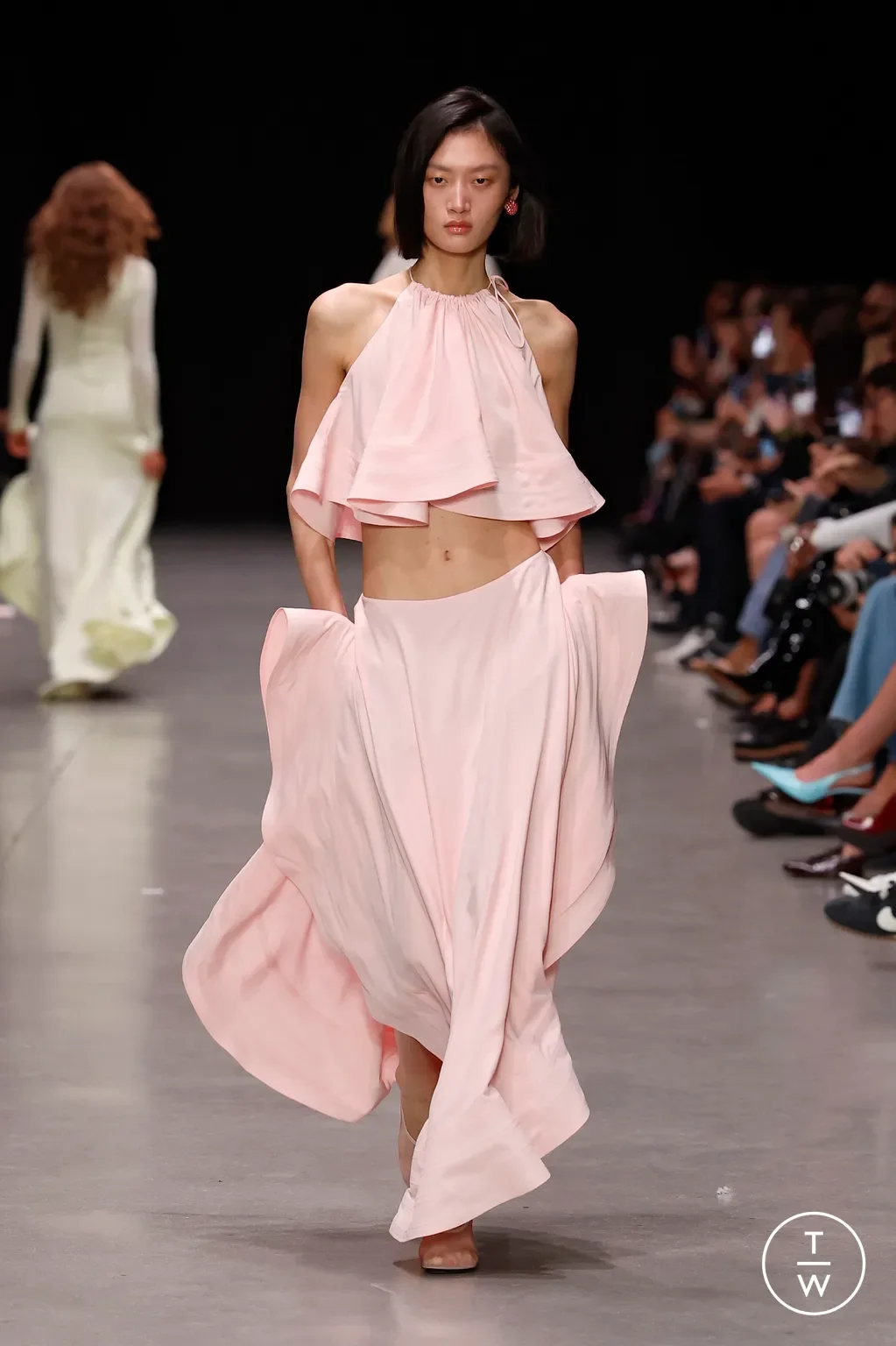Paris SS 26
Paris Fashion Week Spring/Summer 2026 marked a pivotal moment in the global fashion calendar. With over 100 shows and presentations across the city, the week reflected a broader industry shift: legacy houses undergoing creative transitions, emerging designers challenging norms, and a renewed emphasis on storytelling, craftsmanship, and cultural relevance. The Fédération de la Haute Couture et de la Mode expanded public-facing programming, including immersive installations and livestreamed events, aiming to make fashion more accessible and emotionally resonant.
The season was defined by generational handovers—Matthieu Blazy at Chanel, Jonathan Anderson at Dior, Pier Paolo Piccioli at Balenciaga—and by aesthetic tension: between surrealism and wearability, nostalgia and futurism, commerce and creativity. The crowd was diverse and vocal: editors, stylists, influencers, buyers, and fashion students, all dissecting each show with a mix of reverence and critique.
SAINT LAURENT
Anthony Vaccarello’s show beneath the Eiffel Tower was cinematic and seductive. A drone-lit hydrangea garden shaped into the YSL logo set the stage for a collection steeped in 70s and 80s codes: sheer blouses, glossy leather skirts, and tailored jackets that felt lifted from a nightclub. No bags—just jewelry that clinked like armor. The crowd loved the drama and styling, though some critics felt the nostalgia was a little too safe. Still, Vaccarello’s command of silhouette and mood was undeniable.
Maison margiela
Glenn Martens stunned Paris with a ghostly, theatrical show where models wore stitched mouthpieces mimicking Margiela’s four-corner tag—a literal silence that spoke volumes. The eerie effect polarized the crowd: some praised the concept’s depth, others found it unsettling. Clothes were spectral and sculptural—warped trenches, veiled layers, and poetic tailoring. With a live orchestra of 61 children in oversized tuxedos, the show blurred fashion, performance, and provocation. Martens made Margiela feel radical again—haunting, heady, and unforgettable.
LOEWE
Jack McCollough and Lazaro Hernandez’s Loewe debut was met with curiosity. The collection was sculptural, strange, and deeply American in its surrealism. Think twisted denim, oversized leather accessories, and distorted tailoring. The show didn’t try to please—it challenged. Some loved the risk, others missed the poetic weirdness of previous seasons. But everyone agreed: Loewe is entering a new chapter, and it’s not afraid to be uncomfortable.
DIOR
Jonathan Anderson’s first women’s ready-to-wear collection for Dior was a study in restraint and rebellion. Muted tones, architectural shapes, and subversive femininity replaced the overt prettiness of past seasons. The crowd was split—some missed the romance, others applauded the intellectual rigor. Buyers saw potential in the clean lines and strong identity. It was a cerebral Dior, less about fantasy, more about form.
CHANEL
Matthieu Blazy’s Chanel SS26 show was a study in ethereal elegance. Held in a mirrored hall that shimmered like water, models floated down the runway in translucent tweeds, sheer organza layers, and delicate feather trims. Feathers—dyed pastel, stitched into cuffs, collars, and hems—added movement and softness to the structured silhouettes. The crowd adored the dreamlike palette and craftsmanship, though some longed for more edge. Chanel felt like it was waking up from a long nap.
Balenciaga
Pier Paolo Piccioli’s Balenciaga was a revelation. Gone were the meme moments—this was couture-level craftsmanship, oversized tailoring, and surrealist props. The show opened with cloaked figures revealing sculptural garments beneath. The crowd was stunned. Critics called it “a poetic reset”, buyers saw a new direction, and fans were thrilled to see Balenciaga reclaim its artistic soul. With archival references throughout, some believed it lacked innovation.
JEAN PAUL GAUTIER
Duran Lantink’s debut for Jean Paul Gaultier was wild. Staged in a museum basement, the show was part sci-fi rave, part fashion manifesto. Bright-yellow tubing, pneumatic silhouettes, alien-like constructions. It was loud, chaotic, and unapologetically weird. Some loved the energy, others felt it was too much. But no one was bored. It was Gaultier reimagined for a generation that thrives on disruption.
Givenchy
Sarah Burton’s Givenchy was romantic armor. Lace, leather, metallic embellishments—everything felt protective, like clothing for emotional warriors. The venue echoed with sound and shadow, amplifying the mood. People were moved. Some questioned its commercial appeal, but most saw it as a powerful statement. Burton is building a new mythology for the house, one garment at a time.
Stella Mccartney
Stella’s show was joyful, conscious, and very her. Botanical prints, biodegradable sequins, fluid tailoring. Held in a greenhouse-like space, it felt like a celebration of nature and fashion. The crowd danced, smiled, and snapped selfies. Buyers loved the wearability, editors praised the optimism. It was a reminder that sustainability doesn’t have to be solemn.
Paris Fashion Week SS26 was more than a showcase—it was a recalibration. With new creative leads at legacy houses and a wave of conceptual storytelling, the week signaled a shift toward emotional resonance, aesthetic risk, and cultural relevance. Designers leaned into surrealism, silence, spectacle, and the crowd responded—sometimes with awe, sometimes with critique, always with engagement.
The tension between editorial impact and retail viability was real, but so was the ambition. From Saint Laurent’s cinematic seduction to Margiela’s stitched silence, Paris reminded the industry that it’s not just the final stop on the fashion calendar—it’s the place where fashion still dares to dream, disrupt, and define
All images are the property of Tagwalk

